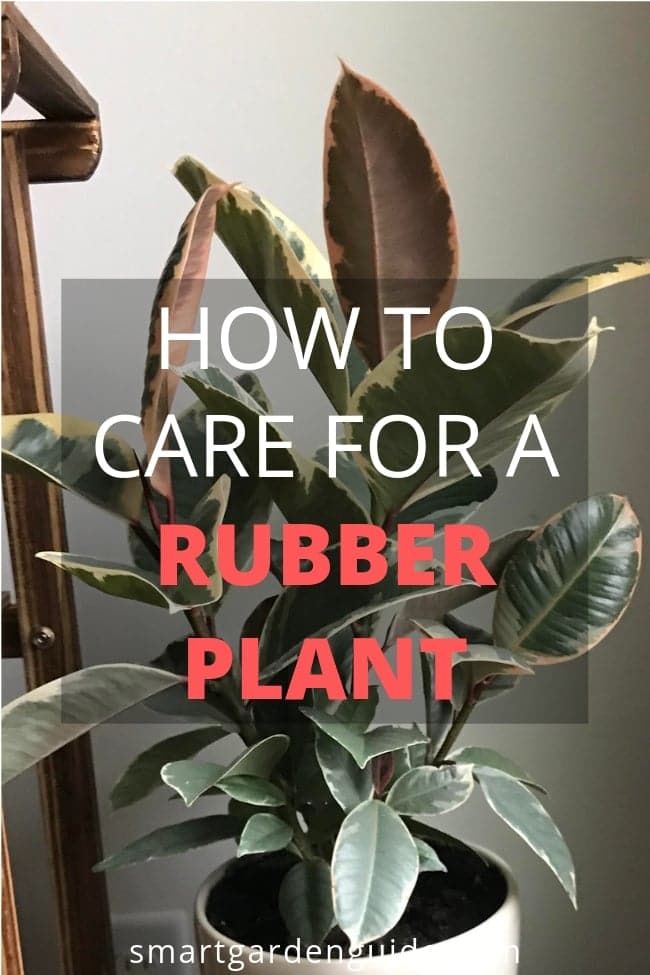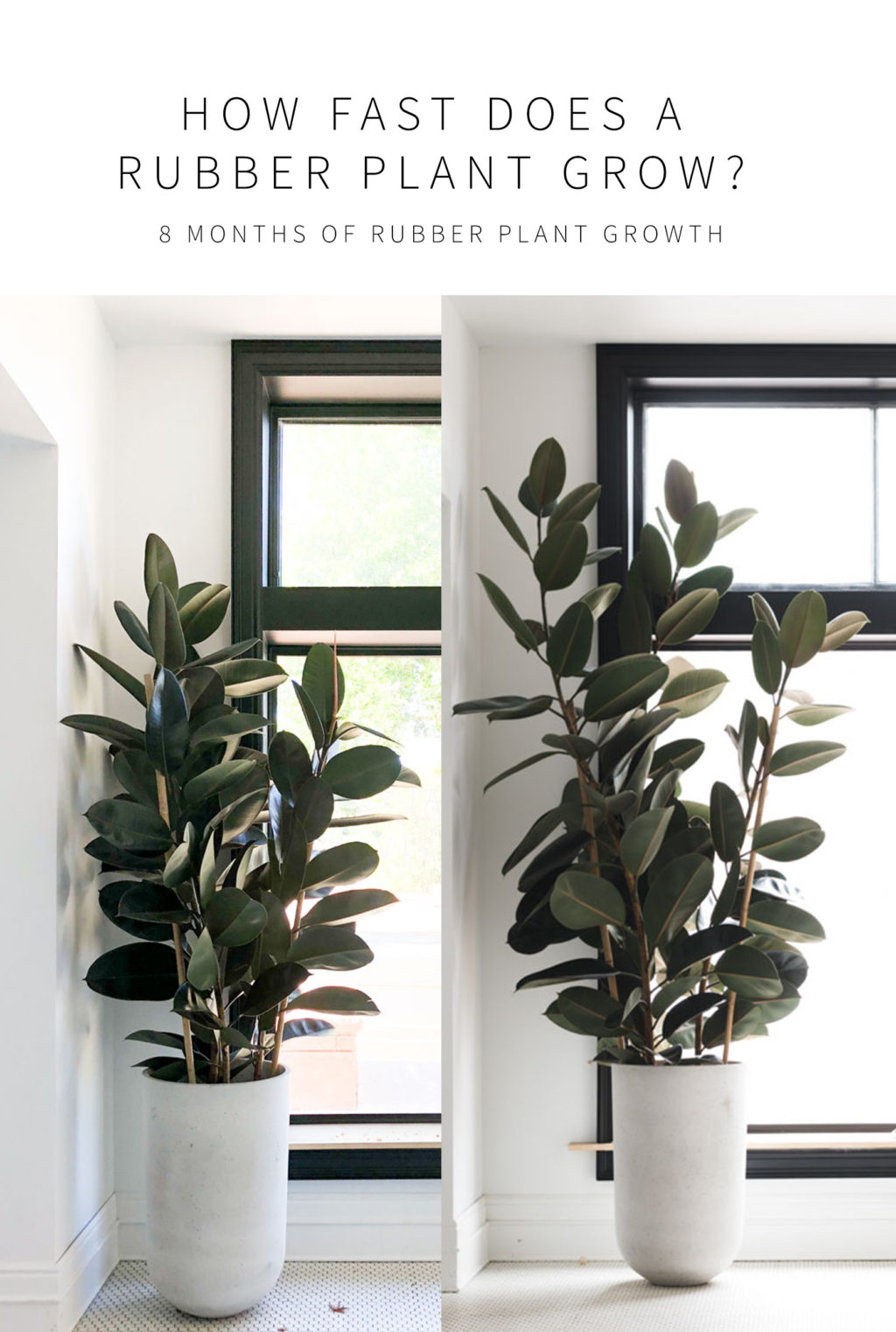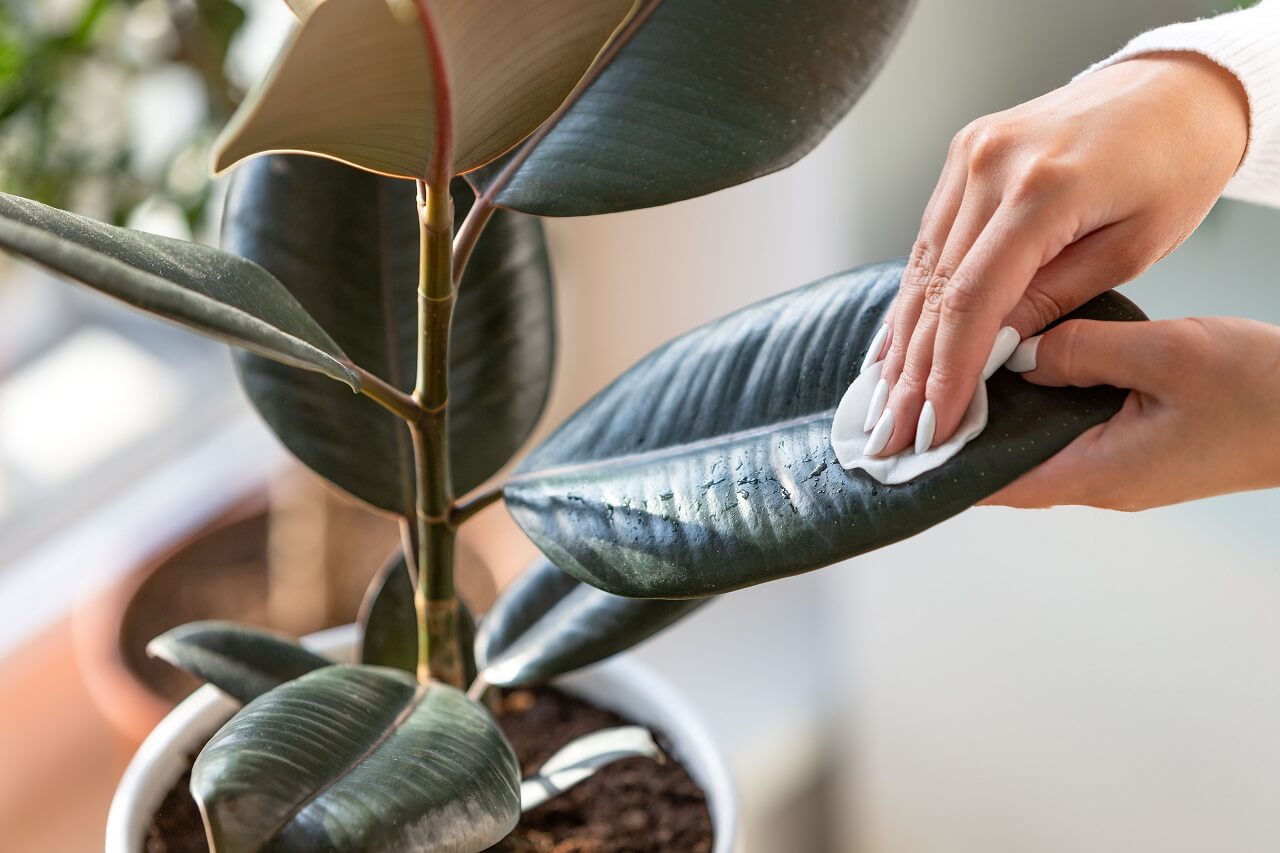The Ideal Environment for Your Rubber Plant
Creating an ideal environment is crucial when learning how do you take care of a rubber plant. Rubber plants thrive in temperatures between 65°F to 75°F (18°C to 24°C), making them an ideal choice for indoor spaces. However, they can tolerate a range of temperatures, from 55°F to 85°F (13°C to 30°C), as long as the fluctuations are not extreme. Maintaining a consistent temperature will help your rubber plant grow strong and healthy.
In terms of humidity, rubber plants prefer a relatively high level, typically above 50%. You can achieve this by placing the plant on a tray filled with water and pebbles or using a humidifier. However, if you don’t have a humidifier, don’t worry – rubber plants can adapt to average humidity levels. Just be sure to monitor the plant’s response and adjust accordingly.
Lighting is another critical factor in creating an ideal environment for your rubber plant. While they can tolerate low light conditions, they will thrive in bright, indirect light. East- or west-facing windows are perfect for rubber plants, as they provide gentle, indirect light. Avoid direct sunlight, as it can cause the leaves to become scorched.
Watering Your Rubber Plant: Tips and Tricks
When it comes to understanding how do you take care of a rubber plant, watering is a crucial aspect. Rubber plants prefer well-draining soil and should be watered thoroughly, allowing the top 1-2 inches of soil to dry out between waterings. Overwatering is a common mistake that can lead to root rot, so it’s essential to check the soil moisture before watering.
To check the soil moisture, stick your finger into the soil up to the first knuckle. If the soil feels dry, it’s time to water. If it’s already moist, wait a few more days before watering again. Water your rubber plant in the morning, so the pot has a chance to dry out slightly before nightfall.
Avoid getting water on the leaves or crown of the plant, as this can cause fungal diseases. Instead, water at the soil level, making sure the pot has good drainage holes to prevent waterlogged soil. During the winter months, reduce watering to once every 4-6 weeks, as the plant is dormant and requires less moisture.
Nourishing Your Rubber Plant: Fertilization and Soil Care
Fertilizing your rubber plant is an essential aspect of understanding how do you take care of a rubber plant. Feed your rubber plant with a balanced, water-soluble fertilizer during the growing season (spring and summer). Dilute the fertilizer to half the recommended strength to avoid burning the roots. Apply the fertilizer once a month, and you can also use a fertilizer specifically formulated for indoor plants.
When it comes to soil care, rubber plants prefer well-draining soil that is rich in organic matter. You can create your own potting mix by combining peat moss, perlite, and vermiculite. Avoid using regular garden soil, as it can compact and prevent proper drainage. Repot your rubber plant every 2-3 years, using a slightly larger pot and fresh potting mix.
Additionally, you can add a layer of compost or worm castings to the soil to provide extra nutrients. This will help promote healthy growth and encourage your rubber plant to thrive. By following these fertilization and soil care tips, you’ll be well on your way to creating a nurturing environment for your rubber plant.
Pruning and Grooming Your Rubber Plant
Pruning and grooming are essential aspects of understanding how do you take care of a rubber plant. Regular pruning helps maintain the plant’s shape, promotes healthy growth, and encourages new leaves to grow. Remove any dead or damaged leaves or branches, as these can attract pests and spread disease. Use clean, sharp scissors or pruning shears to prevent spreading any potential infections.
To maintain a healthy shape, prune your rubber plant during the growing season (spring and summer). Cut back long branches to encourage bushy growth, and remove any weak or spindly growth. You can also prune your rubber plant to maintain a desired height or shape. For example, if you want a compact, bushy plant, prune it regularly to encourage branching.
In addition to pruning, regular grooming is necessary to keep your rubber plant looking its best. Dust can accumulate on the leaves, so gently wipe them with a damp cloth to keep them clean. This will also help prevent pests and diseases from taking hold. By pruning and grooming your rubber plant regularly, you’ll be rewarded with a healthy, thriving plant that adds beauty and freshness to your home or office.
Pest Control and Common Problems
When it comes to understanding how do you take care of a rubber plant, it’s essential to be aware of common pests and problems that can affect its health. Spider mites, mealybugs, and scale are common pests that can infest rubber plants. These pests can cause yellowing leaves, white powdery residue, and sticky honeydew droplets. To control these pests, use insecticidal soap or neem oil, and isolate the plant to prevent the infestation from spreading.
Root rot is another common problem that can affect rubber plants. This is often caused by overwatering, which can lead to fungal growth and root decay. To prevent root rot, ensure good drainage, avoid overwatering, and repot the plant in fresh, well-draining soil if necessary. Other common problems include leaf drop, which can be caused by temperature fluctuations, and leaf curl, which can be caused by pests or diseases.
To prevent these problems, maintain good hygiene practices, such as washing your hands before handling the plant, and disinfecting pruning tools. Regularly inspect your plant for signs of pests or diseases, and take action promptly if you notice any issues. By being proactive and taking preventative measures, you can keep your rubber plant healthy and thriving.
Propagation and Repotting Your Rubber Plant
Understanding how to propagate and repot your rubber plant is a crucial aspect of knowing how do you take care of a rubber plant. Propagation is a great way to share your rubber plant with friends and family, or to create new plants for your own collection. There are several methods of propagation, including stem cuttings, leaf cuttings, and air-layering.
Stem cuttings involve cutting a section of stem from the mother plant, removing lower leaves, and planting it in a pot filled with a well-draining soil mix. Keep the soil consistently moist and warm until roots develop. Leaf cuttings involve cutting a healthy leaf from the mother plant, allowing it to dry for a few days to form a callus, and then planting it in a pot filled with a well-draining soil mix. Air-layering involves making a small incision in the stem of the mother plant, wrapping the area in moss, and keeping it consistently moist until roots develop.
Repotting your rubber plant is necessary when it has outgrown its container or is showing signs of nutrient deficiency. Choose a pot that is only slightly larger than the previous one, and use a well-draining soil mix to prevent waterlogged soil. Gently remove the plant from its pot, taking care not to damage the roots, and trim away any dead or damaged roots. Plant the rubber plant in its new pot, and water thoroughly to settle the soil.
By understanding how to propagate and repot your rubber plant, you can enjoy the many benefits of this beautiful and low-maintenance plant. With proper care, your rubber plant will thrive and provide you with years of enjoyment.
Common Mistakes to Avoid When Caring for Your Rubber Plant
When it comes to understanding how do you take care of a rubber plant, it’s essential to be aware of common mistakes that can harm your plant. One of the most common mistakes is overwatering, which can lead to root rot and other problems. To avoid overwatering, check the soil moisture by sticking your finger into the soil up to the first knuckle. If the soil feels dry, it’s time to water.
Underwatering is another common mistake that can cause stress to your rubber plant. Make sure to water your plant regularly, especially during hot and dry weather. Exposure to extreme temperatures is also a common mistake that can harm your rubber plant. Keep your plant away from heating vents, air conditioning units, and drafty windows.
Other common mistakes include neglecting to fertilize your rubber plant, not pruning it regularly, and not repotting it when necessary. Failing to provide your rubber plant with the right environment, including the ideal temperature range, humidity levels, and lighting conditions, can also lead to problems. By being aware of these common mistakes, you can take steps to avoid them and provide your rubber plant with the care it needs to thrive.
By following the tips and guidelines outlined in this article, you can ensure that your rubber plant receives the right care and attention. Remember, understanding how do you take care of a rubber plant is key to enjoying its many benefits. With proper care, your rubber plant will thrive and provide you with years of enjoyment.
Conclusion: With Proper Care, Your Rubber Plant Will Thrive
In conclusion, understanding how do you take care of a rubber plant is crucial to enjoying its many benefits. By providing the right environment, watering correctly, fertilizing regularly, pruning and grooming, and propagating and repotting, you can ensure your rubber plant thrives. Additionally, being aware of common mistakes to avoid, such as overwatering, underwatering, and exposure to extreme temperatures, can help prevent problems and keep your plant healthy.
By following the guidelines outlined in this article, you can create an ideal environment for your rubber plant to flourish. Remember, with proper care, your rubber plant will thrive and provide you with years of enjoyment. Whether you’re a seasoned plant enthusiast or a beginner, understanding how do you take care of a rubber plant is key to unlocking the many benefits of this beautiful and low-maintenance plant.
With the right care and attention, your rubber plant can become a stunning addition to your home or office, providing a touch of natural beauty and freshness to any space. So, take the time to learn how do you take care of a rubber plant, and reap the rewards of having a happy and healthy plant.









